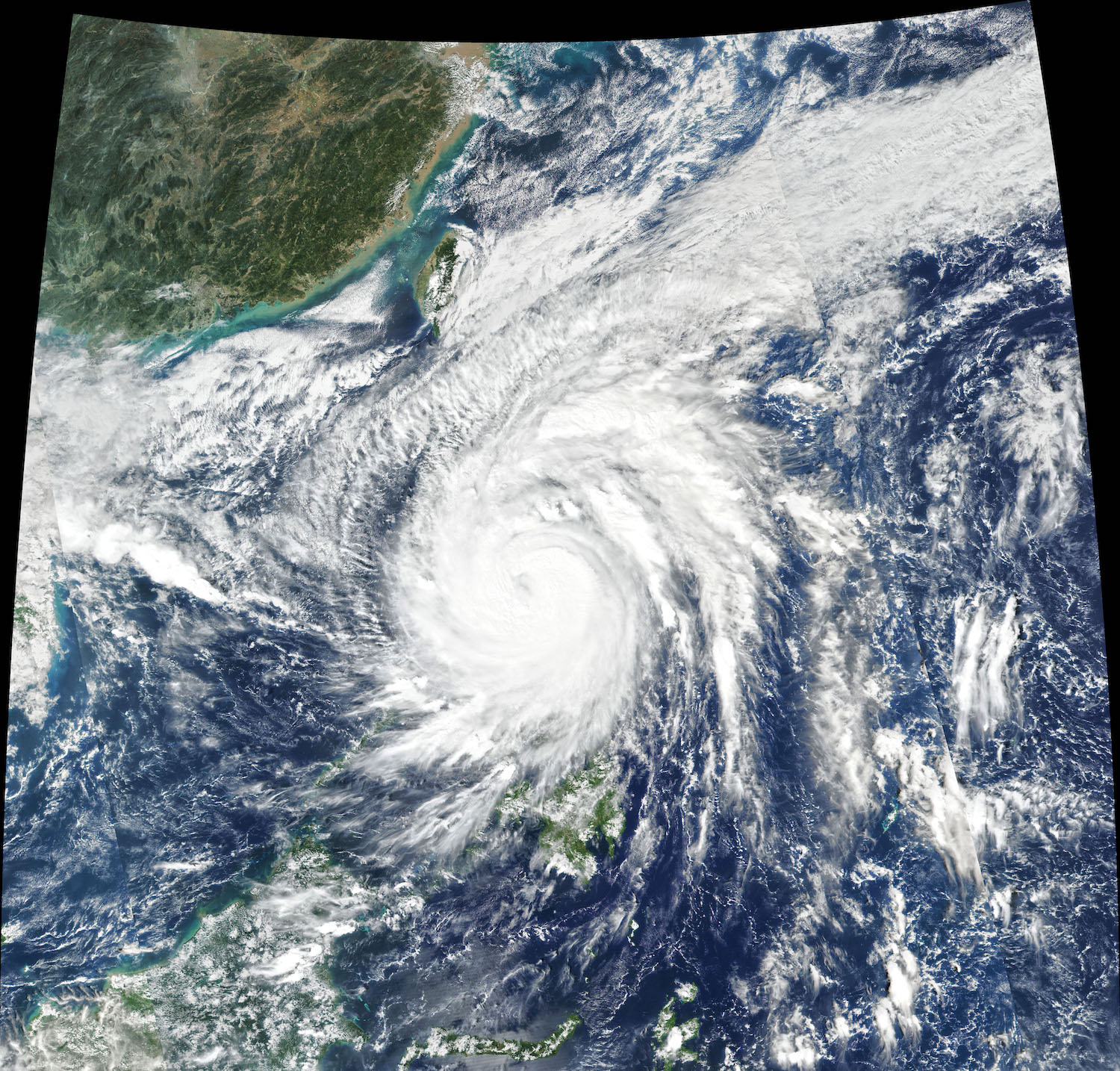Typhoon Goni (Rolly in the Philippines) caused more than 20 fatalities in the Philippines earlier this month. Just a few days later, Typhoon Vamco (Ulysses) struck the Philippines again, then Vietnam on the other side of the South China Sea. “It is fairly common for more than one storm to occur in an ocean basin at the same time,” said Associate Professor Adam Switzer, a Principal Investigator at the Earth Observatory of Singapore. “Since typhoon season in Asia runs into the new year, there is unfortunately a real chance of further storms in the region before the end of 2020,” Assoc Prof Switzer added.

Typhoons form under specific sets of conditions between the ocean and the atmosphere. For example, warm sea surface temperature and humid atmosphere favour typhoon formation (cyclogenesis). As these conditions are easily met in Southeast Asia, the region is prone to frequent typhoons. In fact, “in the Pacific, there can be up to four cyclones at any given time,” said Assoc Prof Switzer. Consecutive storms can also occur in other regions. One such example took place just recently when Hurricane Eta, followed by Hurricane Iota, hit Central America.

Typhoon activity will be affected by climate change, but “scientists remain uncertain whether climate change will lead to an increase in the number of tropical cyclones globally,” said Assoc Prof Switzer.
There is, however, “considerable confidence that warmer ocean temperatures will make the typhoons more intense and that higher sea levels will increase storm surge impacts," he added. “Stronger cyclones will likely be far more costly in terms of damages if we don’t make coastal and inland areas more resilient”.

Assoc Prof Switzer’s team collaborates with scientists at the University of Philippines, Dilliman and Philippine government agencies to study typhoons using a holistic approach. They investigate past typhoons using geological and geophysical techniques, conduct post-event surveys to assess and report on recent events, and generate computer models to forecast the likely impacts of future typhoons.
This work provides the much-needed data and tools to understand past and future typhoon activity in Southeast Asia and beyond, and to make at-risk populations safer.
(Thumbnail image credit: David Mark/Pixabay)